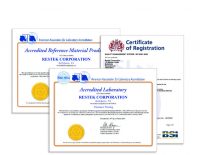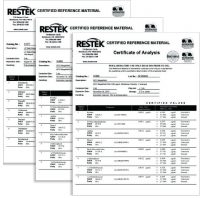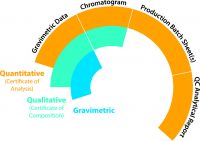Phenova, Inc., a proficiency testing products and reference materials provider based in Golden, Colorado, works with labs and regulatory bodies to develop proficiency testing (PT) programs. According to a press release sent out by the American Association for Laboratory Accreditation (A2LA), Phenova is A2LA’s first ISO/IEC 17043 accredited PT provider for the cannabis marketplace.
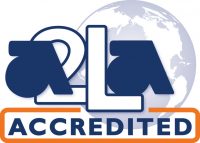 According to Ty Garber, director of new business development for the cannabis and food and beverage markets at Phenova, they have been working with A2LA for over a decade in other industries, but the cannabis testing industry is a huge new market for them. “Our Cannabis Proficiency Testing products and services are experiencing high demand across North America and we are fortunate to offer our expertise in proficiency testing to client laboratories and regulatory agencies in their joint efforts to ensure cannabis product quality and safety,” says Garber. “By working with the laboratories and stakeholder agencies, we have been able to develop and operate Proficiency Testing Programs based on real marijuana matrices, especially where the matrix creates specific analytical challenges. This approach has proven to be very beneficial for everyone involved, and we are working diligently to expand these efforts.”
According to Ty Garber, director of new business development for the cannabis and food and beverage markets at Phenova, they have been working with A2LA for over a decade in other industries, but the cannabis testing industry is a huge new market for them. “Our Cannabis Proficiency Testing products and services are experiencing high demand across North America and we are fortunate to offer our expertise in proficiency testing to client laboratories and regulatory agencies in their joint efforts to ensure cannabis product quality and safety,” says Garber. “By working with the laboratories and stakeholder agencies, we have been able to develop and operate Proficiency Testing Programs based on real marijuana matrices, especially where the matrix creates specific analytical challenges. This approach has proven to be very beneficial for everyone involved, and we are working diligently to expand these efforts.”
Trace McInturff, senior director of accreditation services at A2LA, says this could help fill a serious need for conformity assessments in accredited cannabis labs. “A2LA is excited to announce the expansion of Phenova’s existing ISO/IEC 17043 Proficiency Testing Provider scope of accreditation to become the first A2LA accredited Proficiency Testing Provider for cannabis,” says McInturff. “This milestone adds to the positive historical relationship between Phenova and A2LA that dates back to 2005 when A2LA implemented a new TNI SSAS program for Proficiency Testing Providers and A2LA performed one of the first assessments of its kind at Phenova.” McInturff also says that A2LA has been instrumental in establishing the initial ILAC Proficiency Testing Provider accreditation requirements which ultimately became the basis for ISO/IEC 17043.
In addition to the “real marijuana matrix PT programs” that Phenova offers in certain states and countries where legal, they also offer alternative PT standards for labs that have obtained or are working on obtaining ISO/IEC 17025 accreditation.


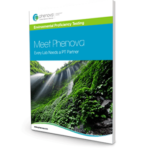

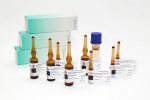

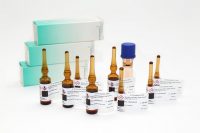 So what happens if a cannabis lab uses non-certified reference materials? Labs might save money in the short term. CRMs are slightly more expensive than a non-certified reference material, but will increase the defensibility of a lab’s data. Using a reference material created in-house or from a non-accredited vendor can lead to less-than-accurate results. A non-certified reference material has a greater chance of being made incorrectly. The publication of incorrect data damages the credibility of the testing lab and could lead to legal action against the lab from damaged parties.
So what happens if a cannabis lab uses non-certified reference materials? Labs might save money in the short term. CRMs are slightly more expensive than a non-certified reference material, but will increase the defensibility of a lab’s data. Using a reference material created in-house or from a non-accredited vendor can lead to less-than-accurate results. A non-certified reference material has a greater chance of being made incorrectly. The publication of incorrect data damages the credibility of the testing lab and could lead to legal action against the lab from damaged parties.

